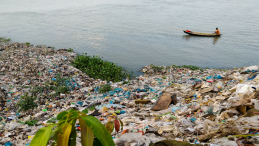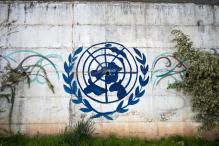Southeast Asia is amongst the most disaster-prone regions in the world. In terms of frequency of occurrence, the Philippines, Indonesia, and Vietnam can be found amongst the top 10 countries most hit by earthquakes, floods, and/or windstorms throughout the past 50 years. The situation in Cambodia, Lao PDR, Myanmar, and Thailand is not as visible in global rankings, but catastrophic events have significant local implications including major economic losses, affected livelihoods, and lost lives.
The abilities of the different countries to access post-disaster funds vary within the region, but in general can be described as low, considering the high level of uninsured losses and the limited public financial resources available for response compared to the destructive potential of the catastrophic events suffered.
In this study, the Munich Climate Insurance Initiative (MCII) hosted at United Nations University, and commissioned by the Institute of Catastrophe Risk Management (ICRM) at the Nanyang Technological University (NTU) in Singapore, will provide specific NatCat Risk Profile Reports for seven Member States of the Association of Southeast Asian Nations (ASEAN): Cambodia, Indonesia, Lao PDR, Myanmar, Philippines, Thailand, and Vietnam. The profiles will include succinct background assessments on risk appetite in NatCat, as well as the current financing capacity for meeting such disasters.




